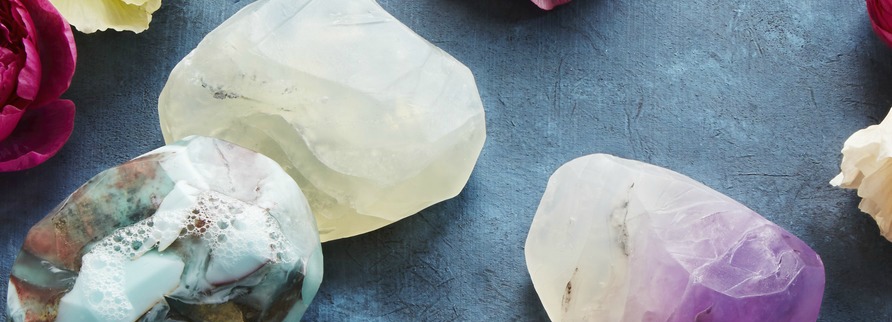 Birthstone meanings by month:
Birthstone meanings by month:
[table id=1 /]
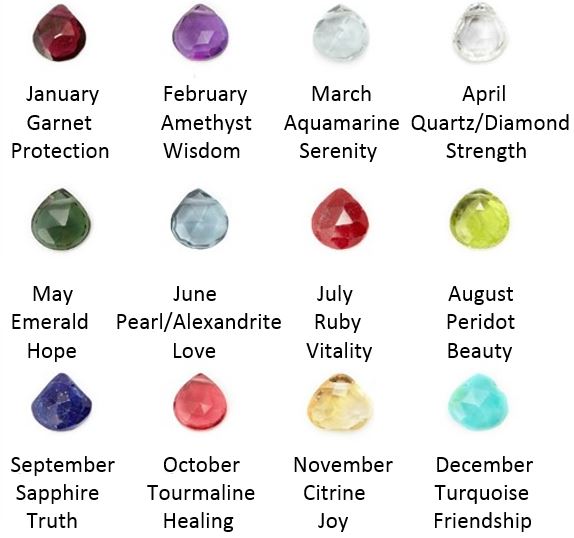
What is a birthstone?
Birthstones are gems that are associated with a birth month, each stone has a unique meaning and significance. Like horoscope signs, when you ask someone “what is your birthstone?” they almost always know the answer. Today you’ll commonly see birthstones in jewelry pieces, like necklaces, bracelets, rings, or earrings as reminders to celebrate your birth month all year long. Besides jewelry, birthstones or the colors symbolizing the stones show up in many other types of gifts and keepsakes making birthday shopping easy and fun. Birthstones are a part of modern society and since ancient times it is widely believed that wearing your birthstone is a symbol of wellness and good fortune. See which birthstone is meant for you.
What is the origin of birthstones?
Christian scholars in the 5th century made the connection between the twelve gems in the Breastplate of Aaron, twelve months of the year, and twelve signs of the zodiac. They theorized that each gem was connected to a certain month or astrological alignment and that they would receive therapeutic benefits for wearing one during that time.
To receive the full benefit, people took to wearing one stone for each month of the year and attributed a different meaning and value to them. Eventually this practice was modified so that a person would only wear the stone for the month they were born in (hence the term birthstone). There was a great amount of disagreement over which stone should represent a calendar month until 1912 when Sears published an “official” list of all the birthstones and the months they represented. Since then there have been a few modifications here and there but the list remains largely unchanged.
What’s my birthstone?
Click on your month for detailed information about your birthstone’s type, meaning, and history.
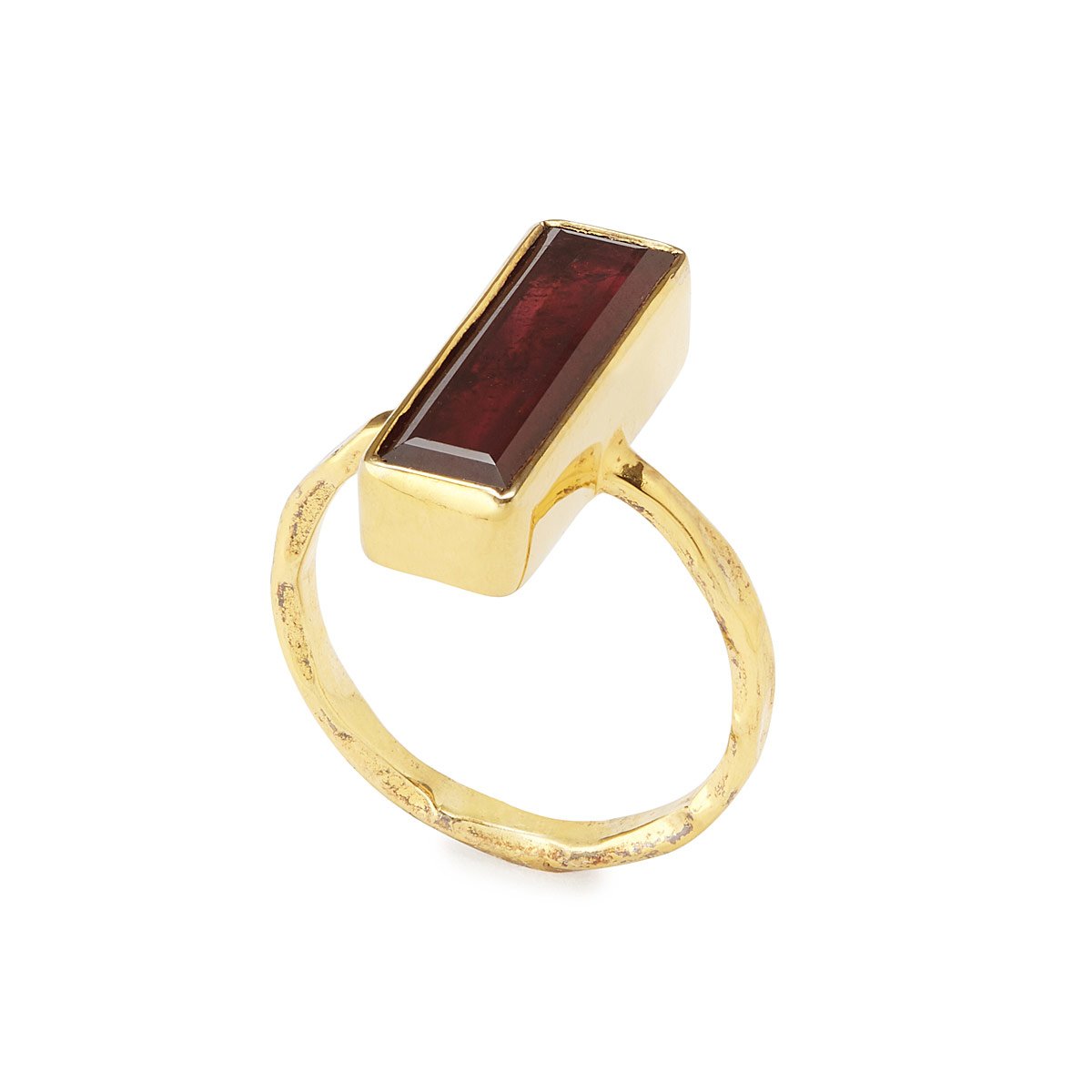
What’s January’s Birthstone – Garnet
What’s the meaning of garnets? – Protection
Color: Dark Red
Red garnets were the most popular gemstone in the later years of the Roman Empire. The word ‘garnet’ comes from the Latin word for seedlike, ‘granatus.’ This was a reference to their similar appearance to pomegranate seeds. Another characteristic of garnets is their high refractive index which gives onlookers the impression that the gem is emitting light.
This phenomenon led explorers and travelers to carry garnets with them on their journeys to ward off evil and light up the night. This practice persisted through the Crusades. Interestingly, garnets’ association with protection was made in other ancient cultures as diverse as the Aztecs in Central America and some Eastern Asiatic tribes whose warriors would carry them into battle. Some of these tribes would even attempt to turn the tables on their enemies who were using garnets for protection by fashioning arrowheads (and eventually bullets during the late 1800s) out of garnets. While we don’t recommend that use for garnets, we do think the gift of a garnet is a great way to let a loved one know you want them to be safe on all of their future journeys
What’s February’s Birthstone? – Amethyst
What’s the meaning of amethyst – Wisdom
Color – Violet
Amethysts are a member of the Quartz family of gems and are highly valued for their deep violet color and twinned crystal structure. Amethysts have been engraved and set into jewelry since ancient Egypt and continue to be very popular today. The word ‘amethyst’ comes from the Greek word ‘amethystos’ which translates to ‘not drunken.’
According to a Greek legend, Dionysus (the god of wine and drunken revelry) had become enraged with all mortals after one insulted him by refusing Dionysus’ hospitality. He vowed to punish the next mortal he came across. The mortal happened to be a young woman named Amethystos who was on her way to pray to the goddess Artemis. When Amethystos realized she was in trouble, she cried out to Artemis who transformed her into a pure white statue and saved her life (though we’d would argue that Artemis didn’t dramatically improve Amethystos’ situation). Dionysus was moved by the statue’s innocence and in an act of contrition emptied his wine cup on top of it, dying it a deep purple.
This rare moment of sobriety for Dionysus forged an association with avoiding intoxication. To take advantage of the stone’s power, the Greeks would carry them on their person as well as cover their drinking vessels in amethysts. While we can’t promise that giving your friends an amethyst will result in a mythological alcohol tolerance, we do hope that it will inspire the wisdom not to overindulge.
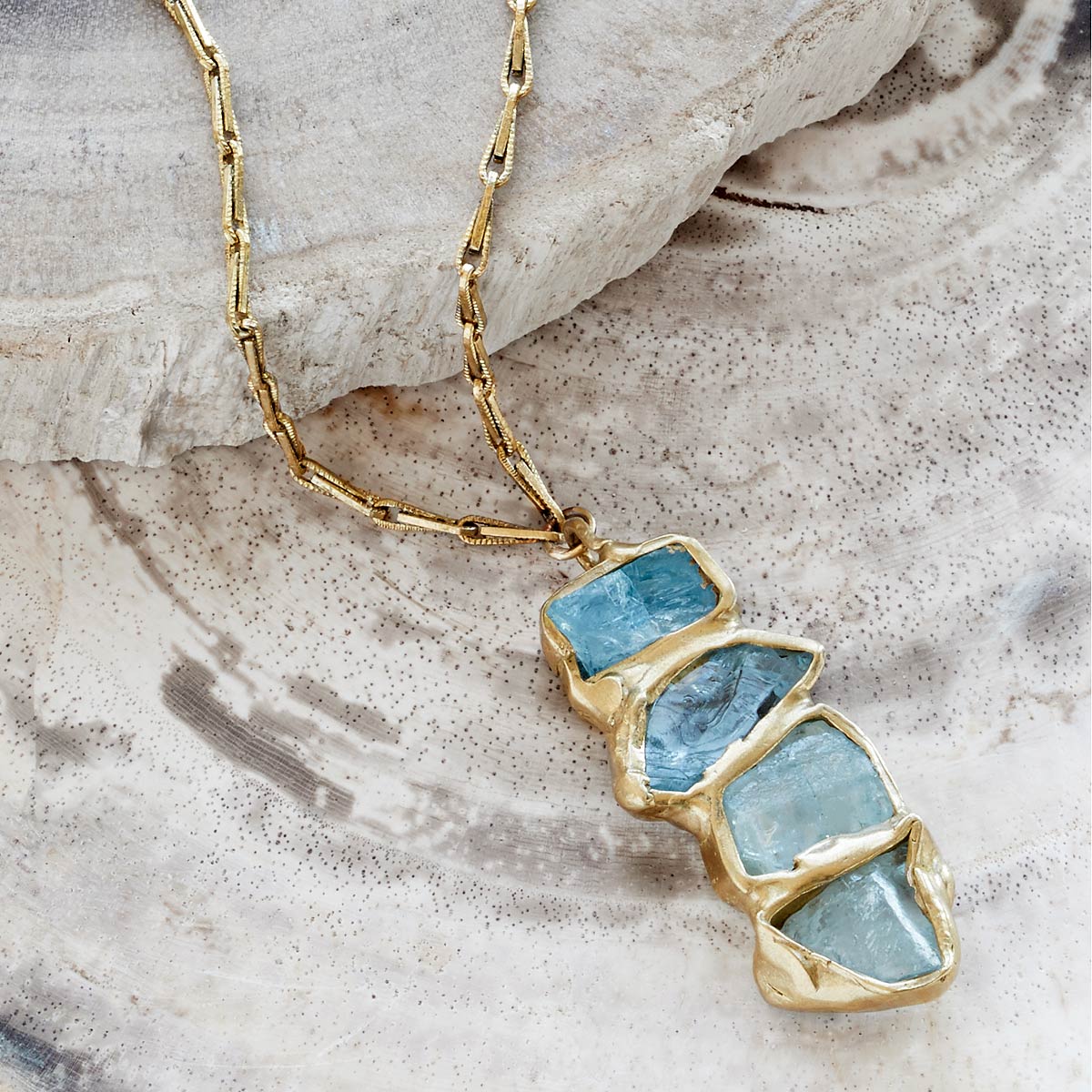
What’s March’s Birthstone – Aquamarine
What’s Aquamarine’s meaning? – Serenity
Color – Blue or Cyan
Aquamarine is the blue member of the visually diverse Beryl family. Pure Beryl is usually clear and all of the colors associated with it are caused by impurities. The blue color in aquamarines is a result of iron being present in the deposits where it formed. Aquamarines are primarily found in Brazil, Sri Lanka, and South-East Asia. While less famous than other gems, they are highly sought after for their beautiful color and flawless crystal structure. Stones with deeper blue hues are considered more valuable because they occur less frequently in nature. This has led to enterprising jewelers using heat treatments to darken the color of their aquamarines.
Regardless of the shade of blue, these gems have evoked images of sea water and endless skies for generations. Many sailors would bring aquamarines on their voyages for a variety of calming purposes like getting a good night sleep by keeping it under their pillow at night or warding off poisons and bad food by keeping one in their pocket while eating. Aquamarines are also said to inspire harmony in your marriage. These benefits combine to make an aquamarine a great gift for new brides, moms, and especially your “eccentric” friend who is planning to sail around the world.
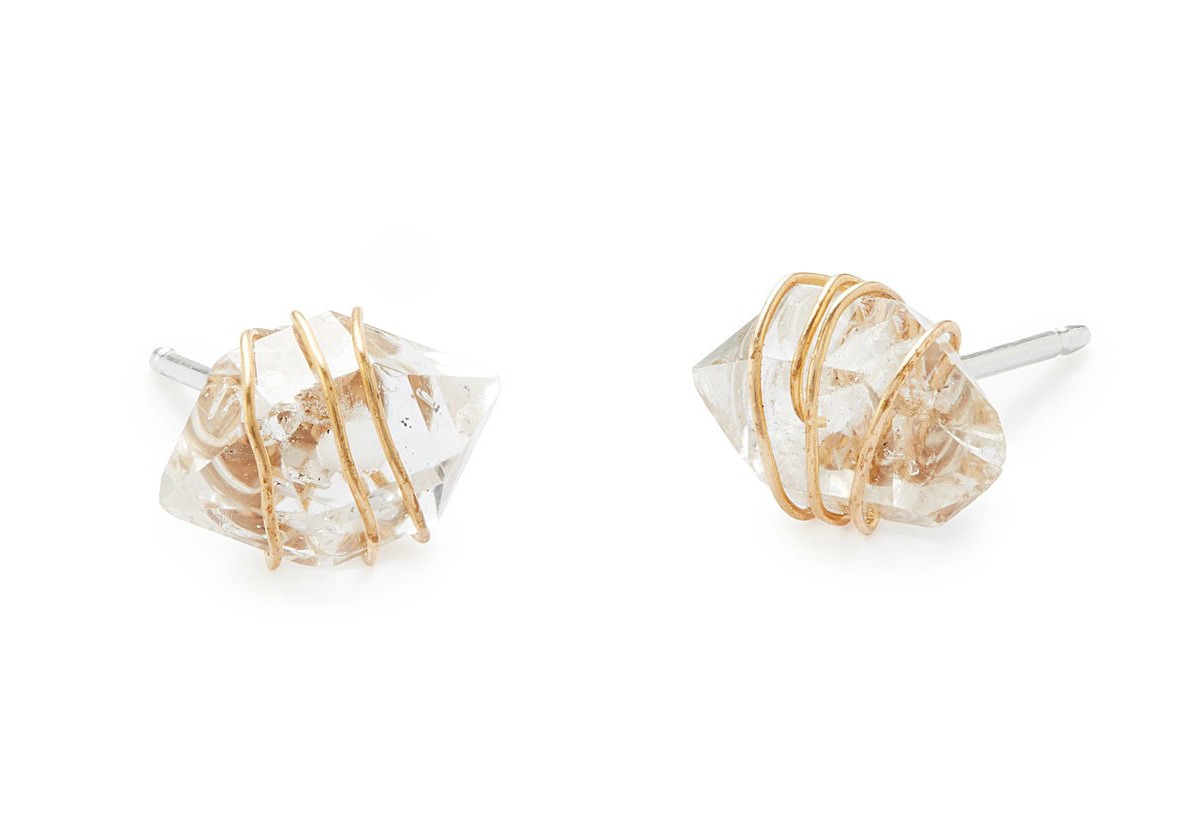 What’s April’s Birthstone? – Quartz
What’s April’s Birthstone? – Quartz
What’s Quartz’s meaning? – Strength
Color – Clear
Quartz is the second most common family of gemstones on the planet and are found in a variety of colors due impurities (similar to the Beryl family). Quartz’s natural color is clear. Quartz is found all over the world in every kind of rock formation. Frequently they can be found inside of geodes, hollow masses of mineral formed by Quartz filling in gas bubbles in cooling volcanic rock or the dissolution of sedimentary rock that is replaced with Quartz particles. Frequently Quartz gems have a twin crystal sharing a point of contact on their symmetrical crystal lattice, this phenomenon is known as twinning.
Quartz’s association with strength comes from its resistance to damage and scratches. Quartz is one of the hardest minerals on the Mohs scale which is used to rate how resistant minerals are to scratches. The connection was strengthened by their appearance in geodes, something beautiful hiding inside something ordinary looking. Quartz crystals or a geode that’s been broken open make an excellent gift for a loved one who needs to be reminded that they are strong even if they don’t look like it on the outside.
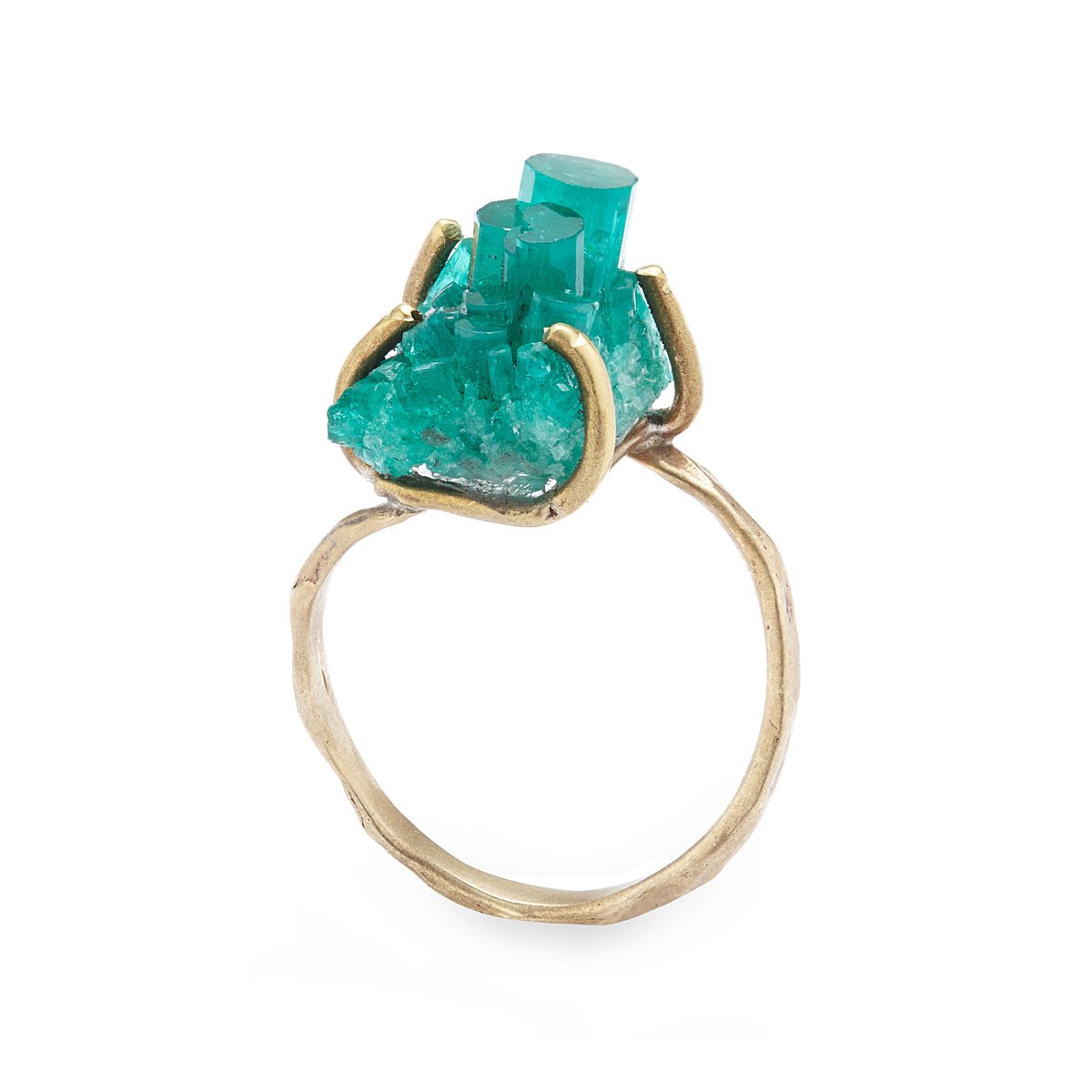 What’s May’s Birthstone? – Emerald
What’s May’s Birthstone? – Emerald
What’s Emerald’s meaning? – Hope
Color – Dark Green
Emeralds are unique among gemstones because their surfaces are very resistant to scratches but the crystal lattice that makes up the gem is susceptible to fracturing from impacts. For this reason, an emerald with no cracks visible to the naked eye is classified as flawless even if there are flaws that can be identified using magnification.
Emeralds are named after the Vulgar Latin words ‘esmaralda’ and ‘esmaraldus’ which translate roughly to a green gem. While that might be a little on the nose for some people, we think emerald is a great name for this gem because of its beautiful green color that inspires thoughts of springtime and renewal. This association makes emeralds a great gift for someone who needs a reminder that winter doesn’t last forever (even in the North-East!) or is starting a new chapter in their life.
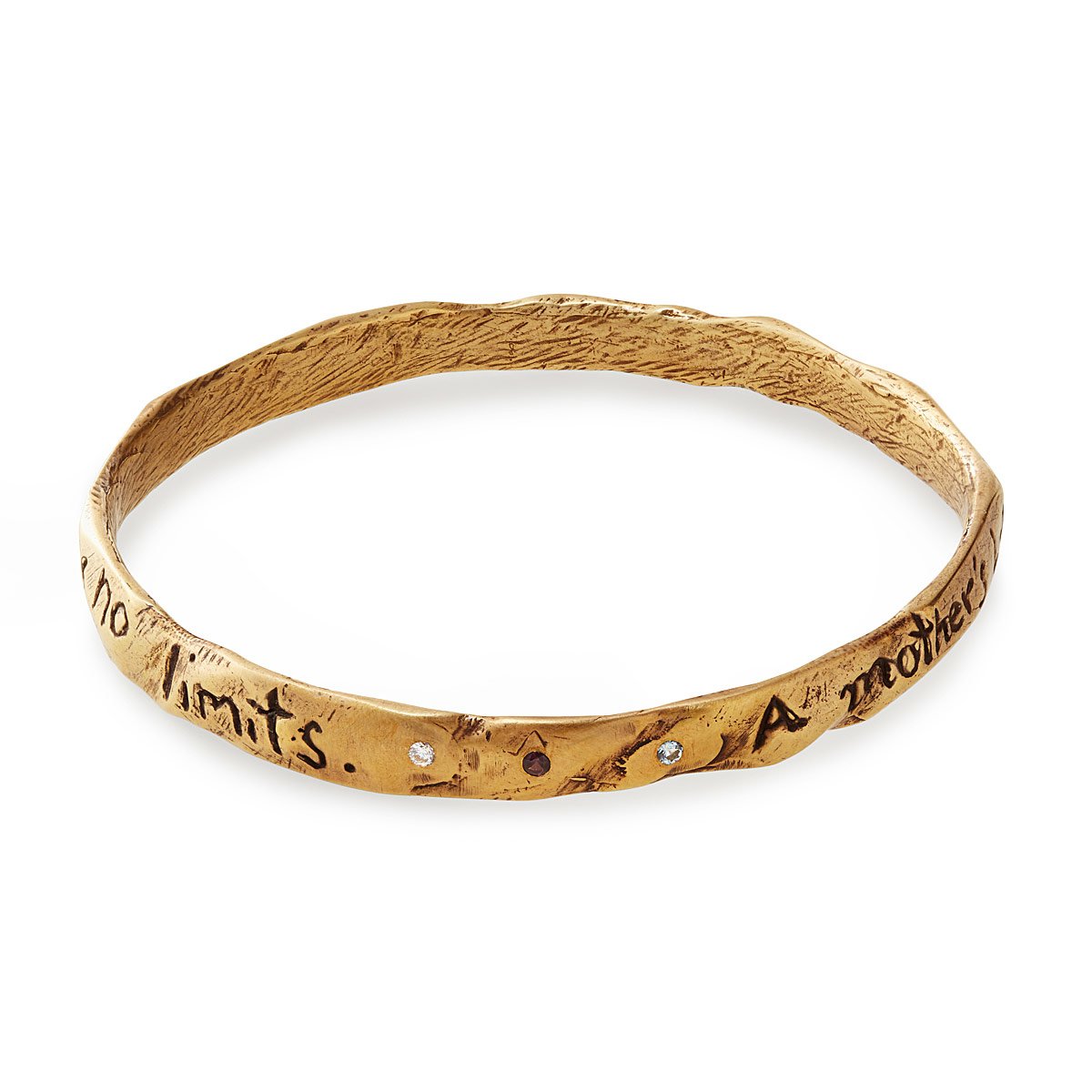 What’s June’s Birthstone? – Alexandrite
What’s June’s Birthstone? – Alexandrite
What’s Alexandrite’s meaning? – Love
Color – Variable
Alexandrite is a transparent yellow-green or greenish blue under ordinary conditions. However, under polarized light (like from the Sun), specimens explode into a variety of colors ranging from red to dark purple, or orange depending on the direction of the light as well as your viewing angle. This phenomenon is called pleochroism and is very useful for mineral identification.
There are a lot of gems in the world that are transparent yellow-green, but very few exhibit this range of color when exposed to light. We think this is a beautiful analog for love because it doesn’t come in only one color or form and when you have the real thing, you can always tell. The gift of an alexandrite stone is a wonderful way to express your love with all your loved ones because just like there is more than just yellow-green alexandrite, there is more to love than just romantic love.
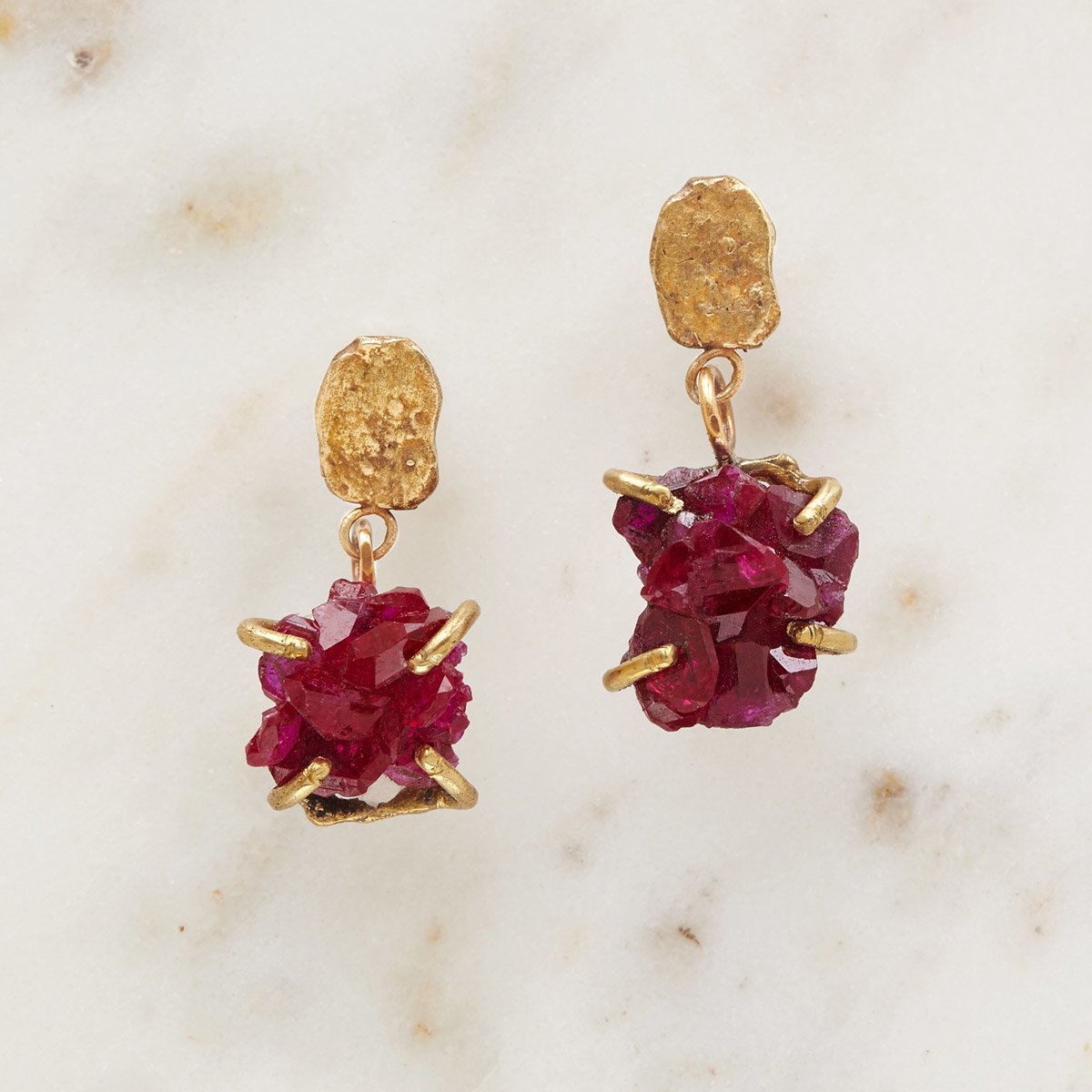 What’s July’s Birthstone? – Ruby
What’s July’s Birthstone? – Ruby
What’s Ruby’s meaning – Vitality
Color – Red
Rubies are a special form of the mineral corundum that would be considered a sapphire if it weren’t for their characteristic dark red color. This red color comes from the chromium present in the ruby. Rubies with an insufficient amount of chromium are labelled ‘pink sapphires’ and aren’t allowed to play in any of the gemstone games when they’re growing up in volcanic rock formations.
There is something special about rubies that have made them absolutely fascinating to humans for millennia. No small part of the ruby’s appeal is the red luminescence that results from absorbing natural light and re-emitting it later. The most valuable rubies in the world are called pigeon-blood, after the dark-red with blue undertones that makes them look eerily like blood. This similarity to the color of blood has caused an association with vitality and physical strength. Since we toast each other’s health, it made sense to set rubies into drinking vessels since ancient times. Today, a ruby makes a great gift for someone who could use a reminder that they are full of energy and life and have a lot to offer the world around them.
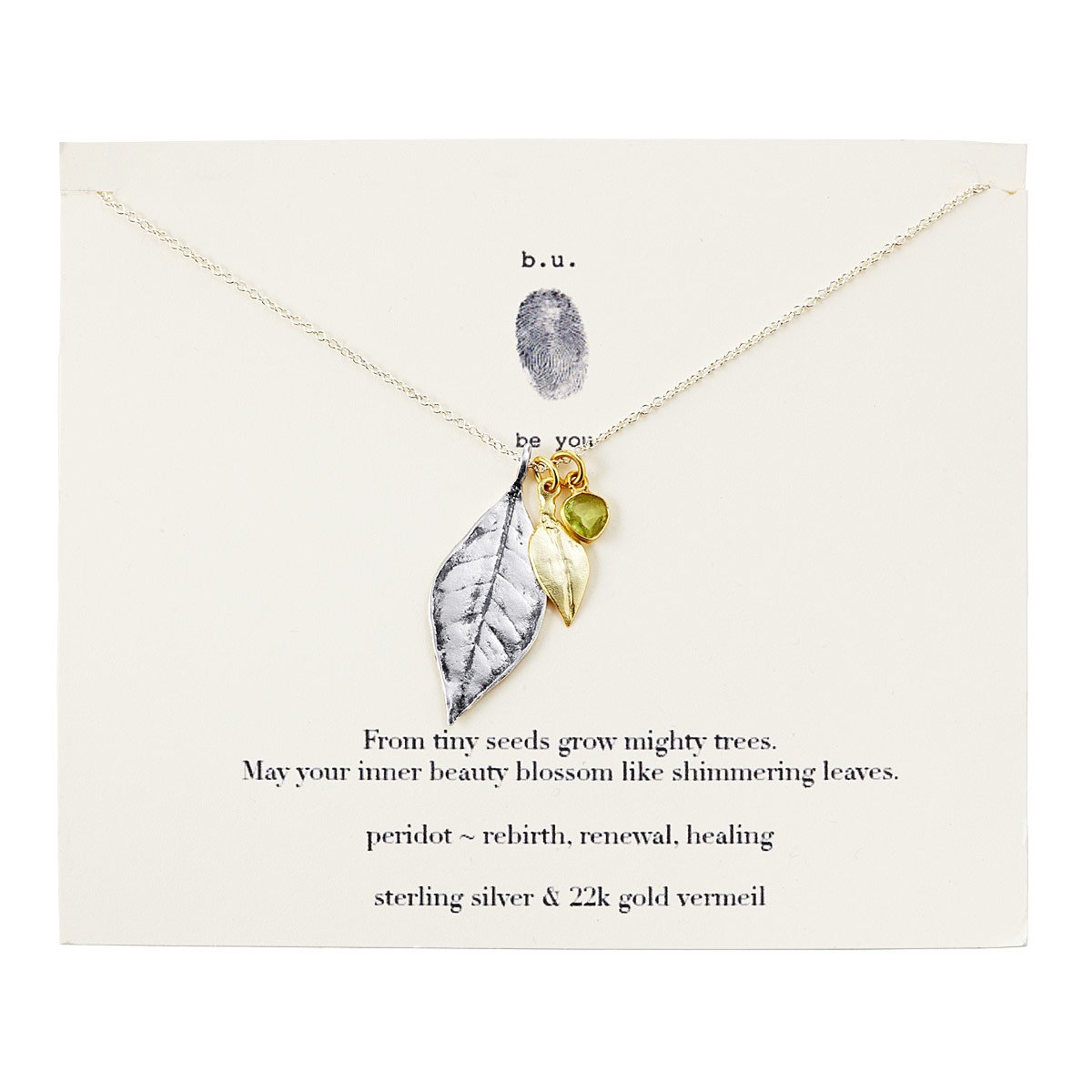 What’s August’s Birthstone? – Peridot
What’s August’s Birthstone? – Peridot
What’s Peridot’s meaning? – Beauty
Color – Olive Green
Peridot is the term used to differentiate gem-quality olivine from lesser specimens. Peridot is always a yellow green and the darker a specimen, the more valuable it is. The darkness of the stone is dictated by the amount of iron present. Ancient records indicate that the Egyptians mined peridot on an island in the Red Sea, but the location was lost until it was relocated in 1900. Since then, new deposits of ultra-high quality stones that are larger, more opaque, and darker colored than previously discovered deposits.
One of the distinctive characteristics of peridot (and a chief distinction from other similarly colored gems, such as emeralds) is that their color is the same in both natural and artificial light. This ability to give off the same green glow at night led to their association with great beauty, especially in Egyptian culture. Unlike the beauty of those wearing these stones, peridot is susceptible to breaking easily and require a lot of preventive care to continue looking its best. Today, the gift of a peridot can tell the recipient that they light up a room regardless of the circumstances they are in.
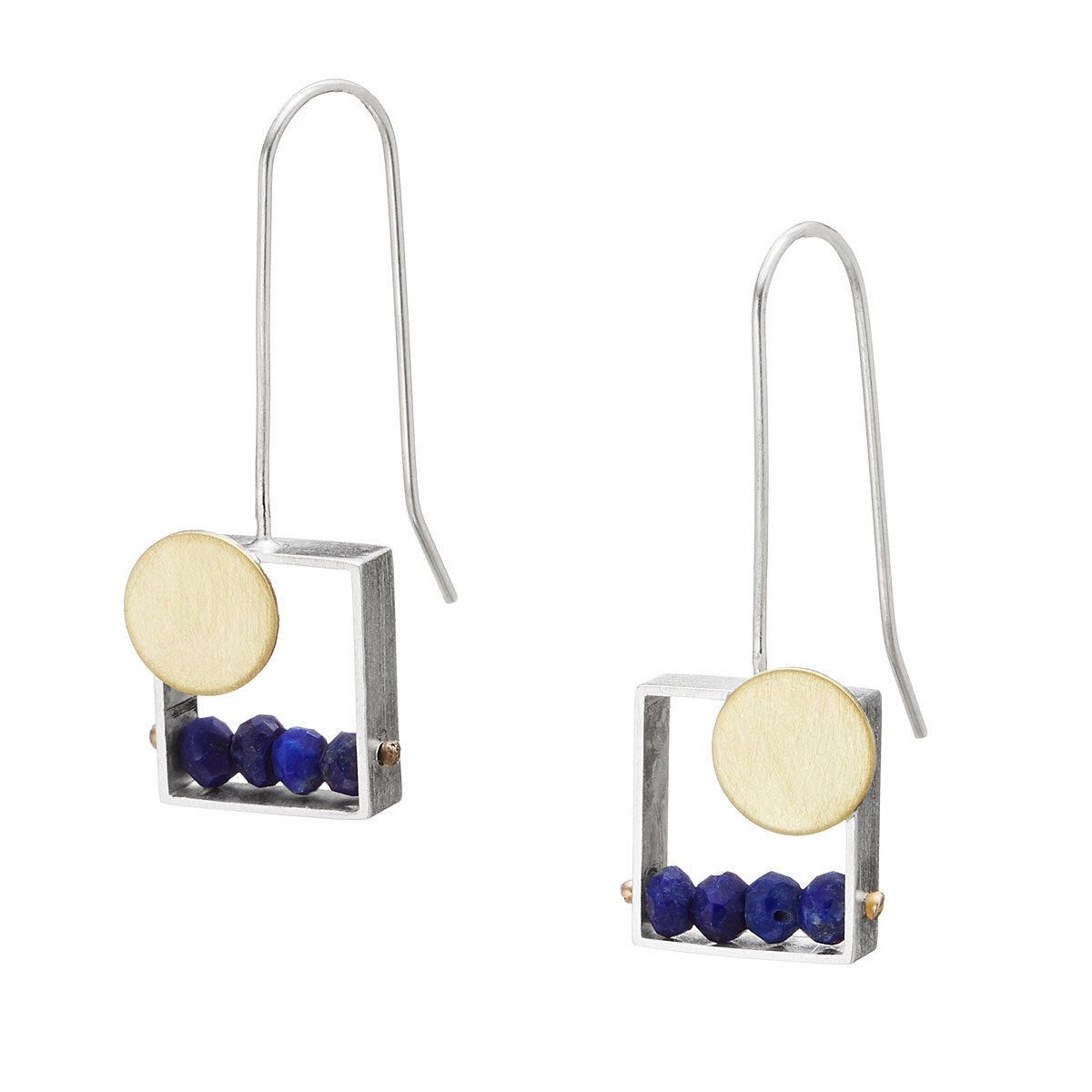 What’s September’s Birthstone? – Lapis Lazuli
What’s September’s Birthstone? – Lapis Lazuli
What’s Lapis Lazuli’s meaning? – Truth
Color – Deep Blue
There is evidence that lapis lazuli has been mined since 4,000 BC in Afghanistan and had been a hot trade commodity with other developing civilizations like the Egyptians. Lapis is a soft gemstone which made it easier to work with by hand. Unlike many gems, the color blue that is characteristic of lapis lazuli is pretty uniform across most specimens. The chief difference in appearance is the concentration and arrangement of pyrite crystals that dot the exterior of lapis specimens.
After Alexander the Great conquered Egypt and parts of Persia, he began importing lapis along with many other gems to his home in Macedonia and eventually the rest of Europe. In Europe, lapis was ground up and used as a paint pigment called ultramarine. Ultramarine was unique among the other blue pigments available because it did not lose its color when exposed to direct sunlight. This made it very expensive. This true blue stone has since become associated with encouraging honesty in your relationships and making better decisions, making lapis lazuli the perfect gift for Frank Underwood or the other politicians in your life.
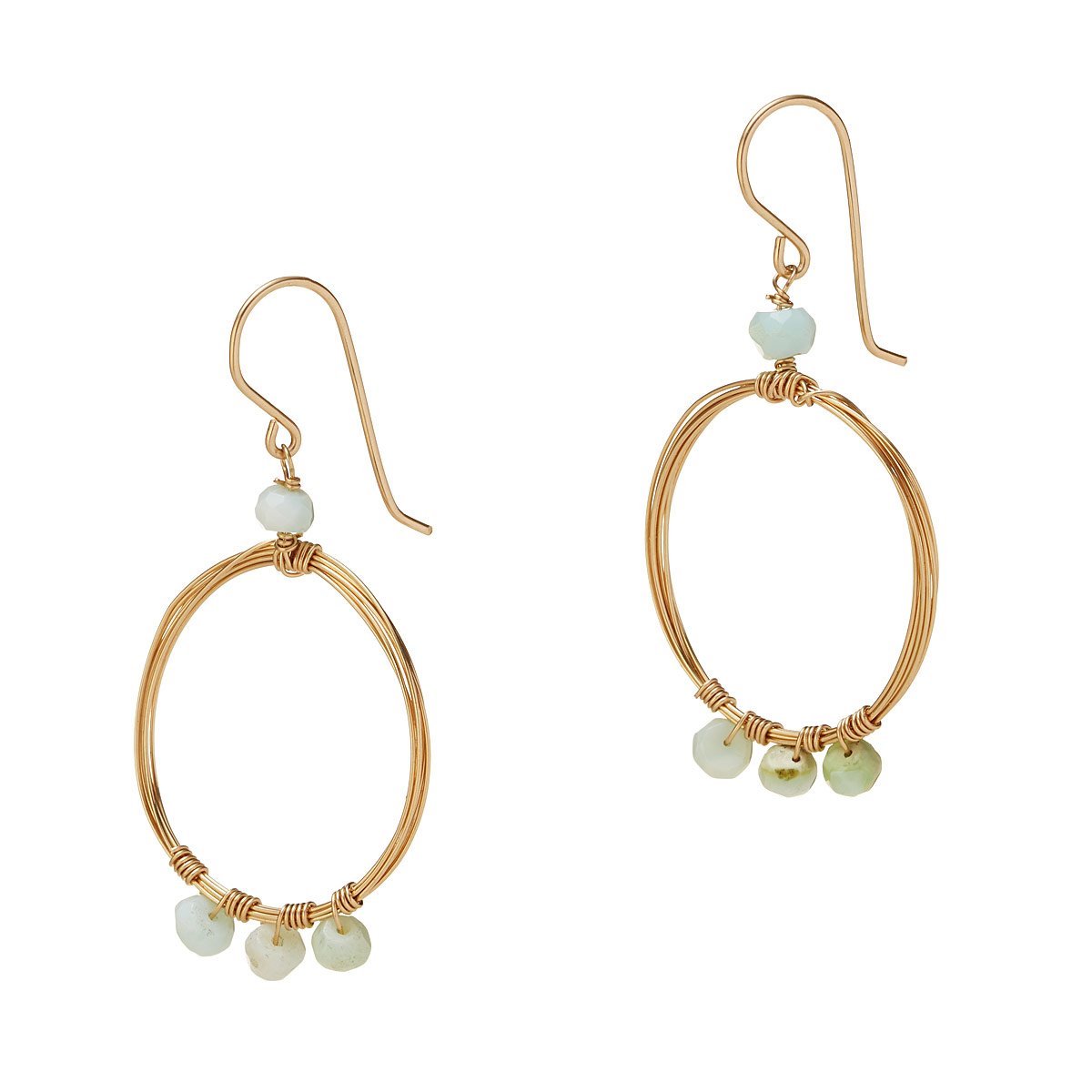 What’s October’s Birthstone? – Tourmaline or Opal
What’s October’s Birthstone? – Tourmaline or Opal
What’s Tourmaline’s meaning? – Healing
Color – Multi color often with pink and green or multi-color
Tourmaline is the technicolored dream coat of gems, there isn’t another stone with a greater range of colors found in nature. Because no two tourmaline’s look alike, they were mistaken for other gems until the 1800’s when they were reclassified as a distinct mineral species. Before that tourmaline’s had been confused for sapphires, emeralds, rubies, and other gems. In fact, the rubies in both the Russian and British crown jewels are now believed to be red tourmaline’s also known as rubellite.
Opals, like tourmaline, can exhibit a wide variety of colors. The difference, an opal diffracts light and can display all the colors of the rainbow simultaneously. For this reason, it has been considered great luck throughout history as it was thought to possess all the value of each gemstone in the opals color spectrum. However, after the publication of Sir Walter Scott’s novel Anne of Geierstein, people in the 1800s began to associate opals with bad luck and even death.
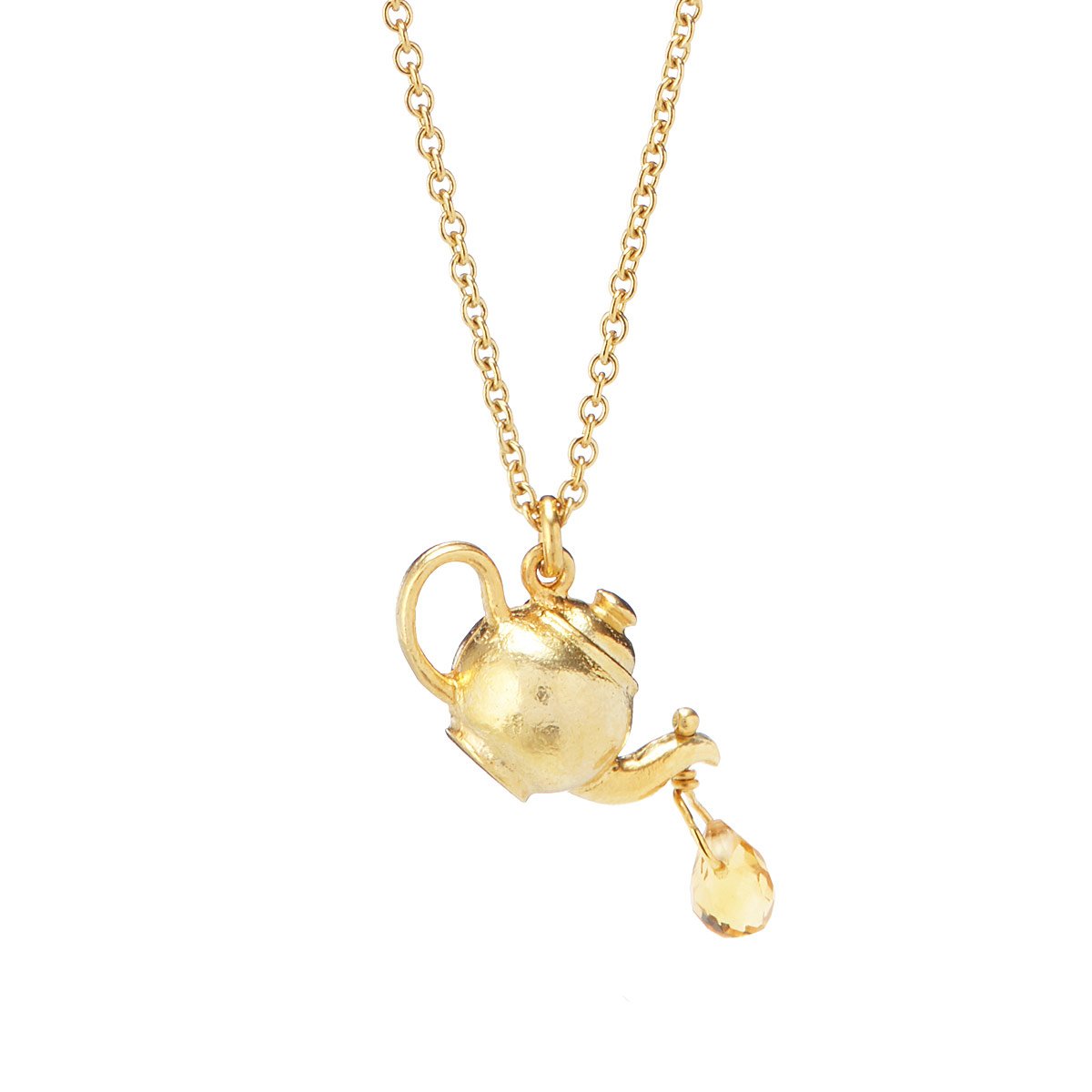 What’s November’s Birthstone? – Citrine
What’s November’s Birthstone? – Citrine
What’s Citrine’s meaning? – Joy
Color – Dark Yellow
Citrine is one of the rarest varieties of Quartz found in nature. Natural citrine has only been found in Spain, France, Hungary, and Arran (a small island off of Scotland). Despite this it has become the second most popular variety of Quartz in jewelry (after amethysts). Jewelers had even been heat treating some lower quality amethysts and smoky Quartz gems to change the color to a shade of yellow or reddish yellow to more closely resemble citrines to keep up with a growing demand.
This popularity was due to the lack of affordable gold gems on the market. Gold gems are attractive because they channel the power of the sun and all of the positivity associated with it. Citrines are believed to improve your mood and appreciate your surroundings, which is quite appropriate for the month that includes Thanksgiving. Giving a citrine as a gift is a great way to tell someone that they radiate joy and make you experience their joy.
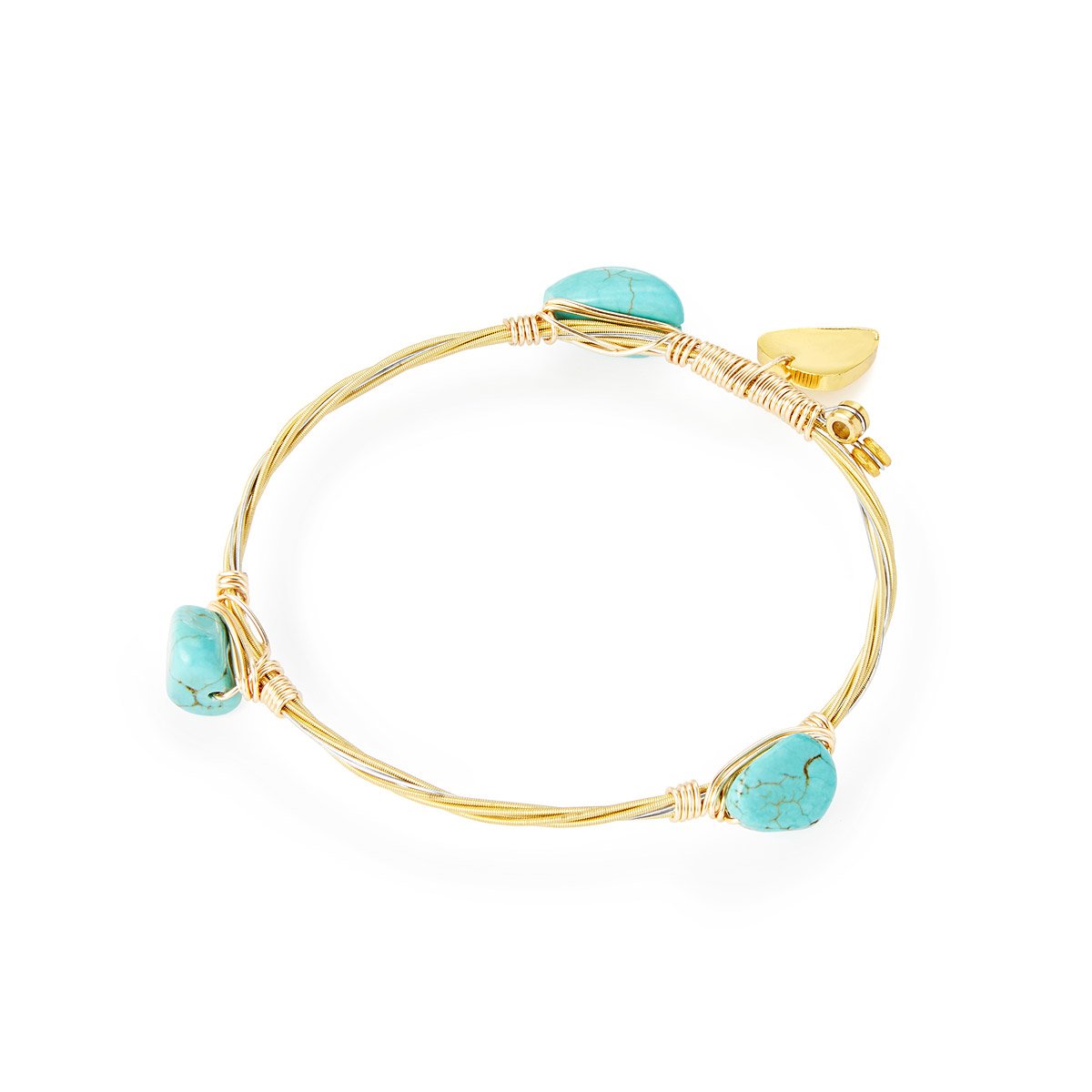 What’s December’s Birthstone? – Turquoise
What’s December’s Birthstone? – Turquoise
What’s Turquoise’s meaning? – Friendship
Color – Turquoise
These opaque blue-green gems have been highly valued for thousands of years by many cultures that each had their own names for them. Turquoise comes from an Old French word for Turkish because it was introduced to the French via Venetian traders who had purchased the stones in modern day Iran (then a part of Turkey). Turquoise was widely traded because deposits are so rare. The only major turquoise deposits currently known are found in Iran, Egypt, the Southwestern United States, and China. Turquoise also has the unique distinction of having a color named after it and not vice-versa.
In Turkish tradition, the gift of a turquoise was supposed to give you the ability to make friends very, very easily. The only catch was that in order to acquire this super power, you needed to already have a friend who would give you a turquoise. This sounds a bit like a catch-22, if you ask me. Turquoise’s association with friendship is appropriate because it requires copper and aluminum compounds to work together and form a new mineral, just like a friendship.
Now that you know a bit more about your birthstone and the benefits you can derive from them, you are ready to make an informed evaluation of whether or not you were born in the correct month. Any issues should be taken up with your mother; maybe you could preface the conversation with the gift of her birthstone.

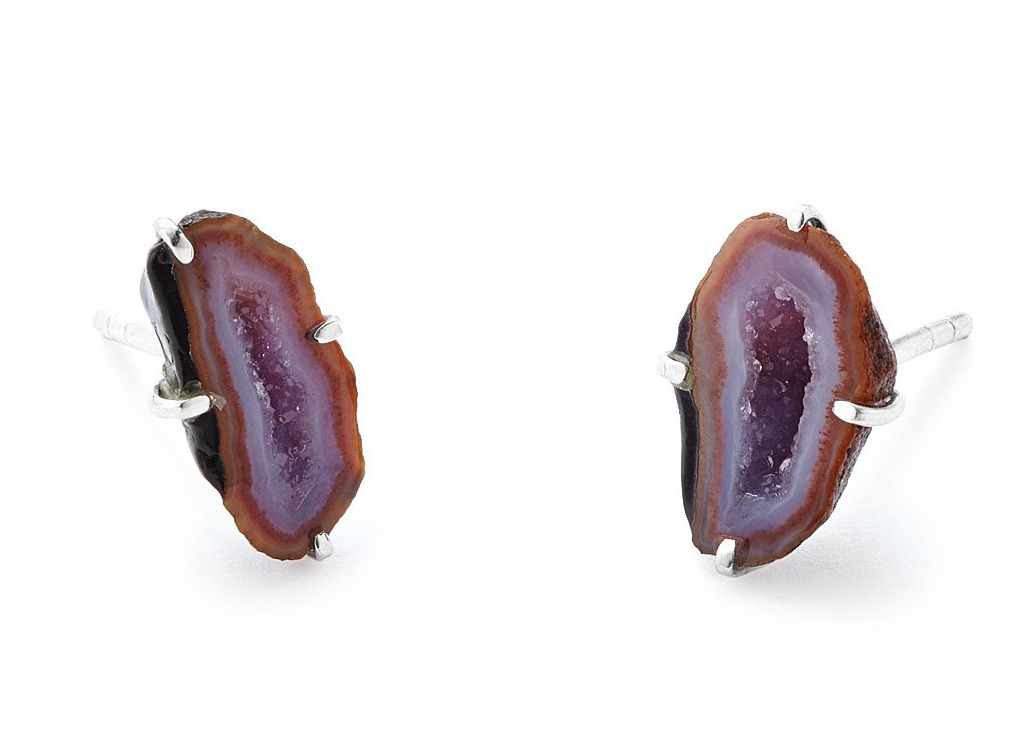
6 Comments
LOOOOOOOOOOOOOOOOOOOOOOOOOOOVE the stones
Is there no birthstone necklace for june? If so, what’s the URL? Thanks!
Hi, Jan! The bracelet pictured is currently the only item in our assortment that features alexandrite.
[…] of quartz crystal caught my eye. Inside the quartz were ribbons of tourmaline, October’s birthstone. Tourmaline naturally occurs in many colors. The abbey specimen was three long green gems encased […]
Love this. But where are these facts from? I wanted to know the spiritual properties of each gem and I couldn’t find it anywhere but here.
Hi, Charlotte. A member of our marketing team researched multiple resources (including The Old Farmers Almanac, Beadage.net, Color & Psychology) as well as consulting with some of our jewelry makers and combined the information to create an in-depth post.